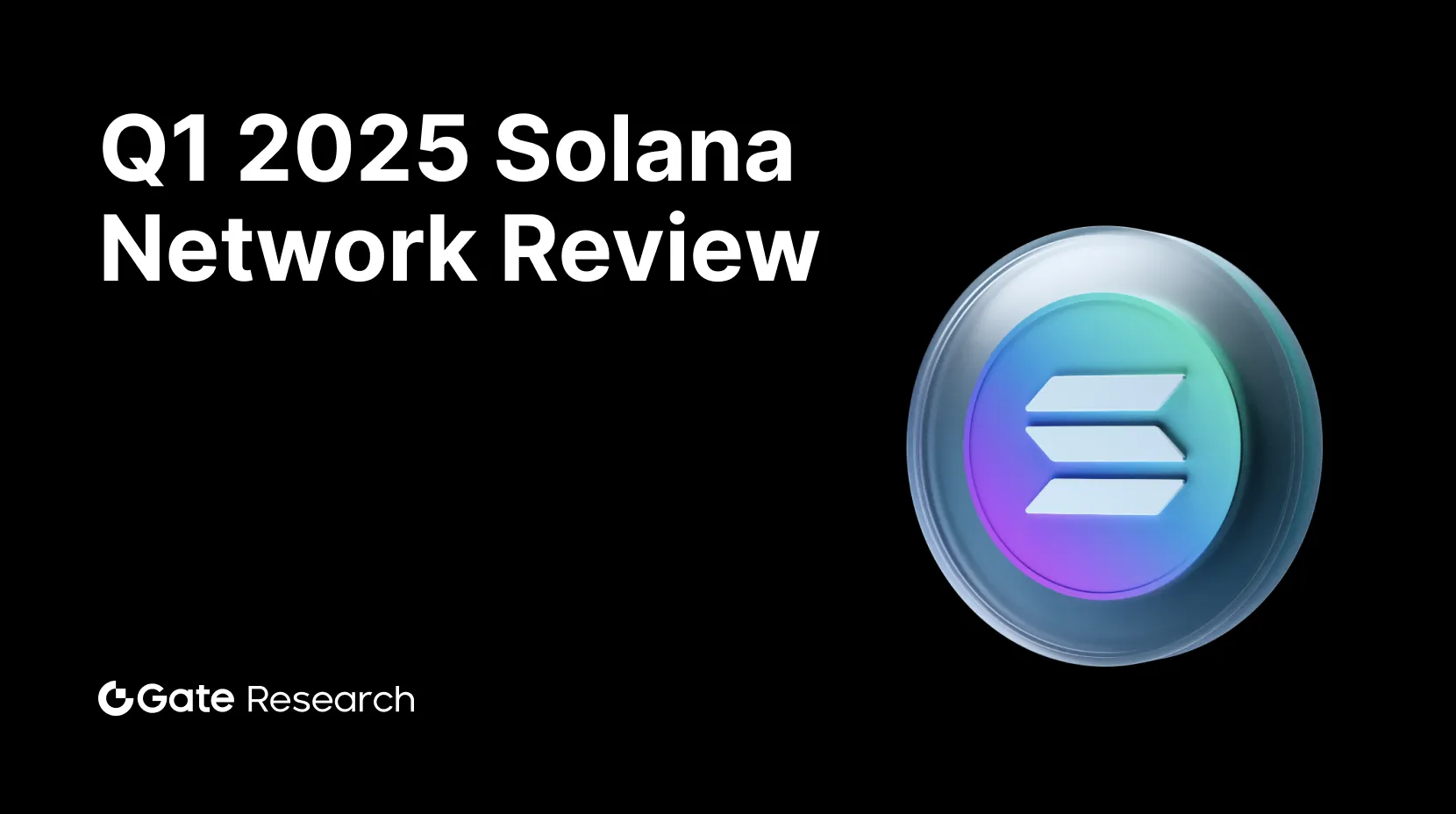Gate 研究院:2025 年 Q1 BTC 网络回顾
获取完整报告(PDF)
Gate 研究院最新发布的《2025 年 Q1 BTC 网络回顾》全面汇总并分析了 2025 年第一季度比特币网络的市场表现、链上数据、交易费用、应用生态、挖矿算力以及技术升级,提供了对 BTC 网络整体表现与关键趋势的深入见解。摘要
- BTC 于 1 月 20 日创下历史新高,价格一度突破 108,228 USDT,市值升至约 2.1 万亿美元。随后进入高位震荡阶段,截至 3 月 31 日市值回落至 1.6 万亿美元,季度内跌幅约 12 %。与此同时,黄金表现稳健,季度上涨近 20 %,显示资金避险情绪升温。

- BTC 持仓集中,中大户掌握近半供应,持有 100-10k 枚 BTC 的地址合计持有逾 900 万枚 BTC,具显著价格影响力。

- BTC 链上交易活跃,平均交易金额较 Q4 增 26%,手续费下降 42.5%。
- BTC Layer 2 锁仓量约 22 亿美元,较去年底下滑 13%,但整体规模仍稳。CORE 协议占比最高,维持主导地位。Hemi 于 3 月上线,TVL 快速增至 2.09 亿美元,成长动能强劲。整体来看,头部协议的 TVL 稳健,小型项目更易受市场情绪波动影响。

- BTC Q1 挖矿难度上升,截至 3 月 31 日,挖矿难度约为 114T,较 2024 年 12 月 31 日的 109.78T 上升 3.8%。
- BTC 核心开发团队通过优化手续费估算机制与脚本执行效率,显著提升了网络性能与区块空间利用率,为更复杂的应用落地提供支持。
- Q2 的重点将聚焦在提升比特币网络隐私性、交易处理机制效率与 Layer2 协议支持等方向,相关工作已启动,预计将在本季度取得进展。
(点击下方获取完整报告)
Gate 研究院
Gate 研究院是一个全面的区块链和加密货币研究平台,为读者提供深度内容,包括技术分析、热点洞察、市场回顾、行业研究、趋势预测和宏观经济政策分析。
点击链接立即前往
作者: Shirley
译者: Piper
审校: Wayne、Ember
译文审校: Ashley、Joyce
* 投资有风险,入市须谨慎。本文不作为 Gate 提供的投资理财建议或其他任何类型的建议。
* 在未提及 Gate 的情况下,复制、传播或抄袭本文将违反《版权法》,Gate 有权追究其法律责任。
分享
目录
即刻开始交易
注册并交易即可获得
$100
和价值$5500
理财体验金奖励! 




